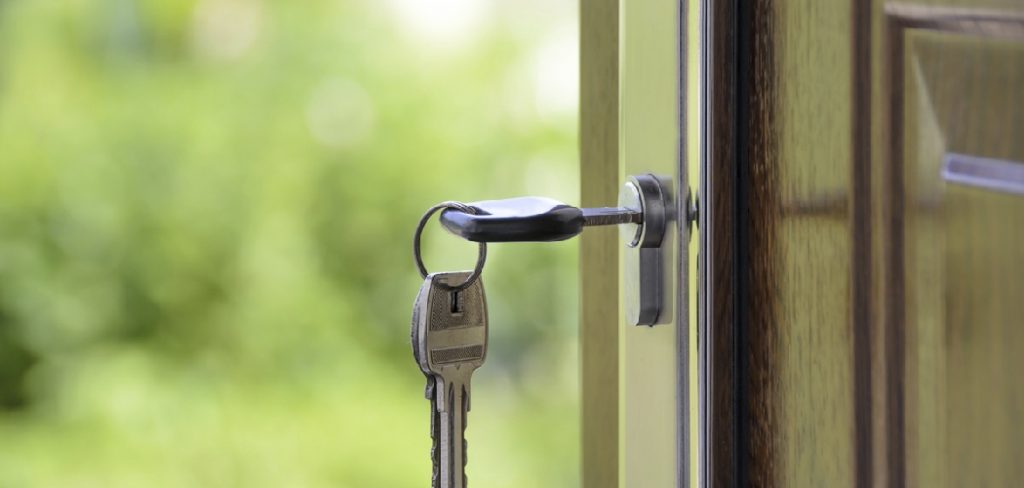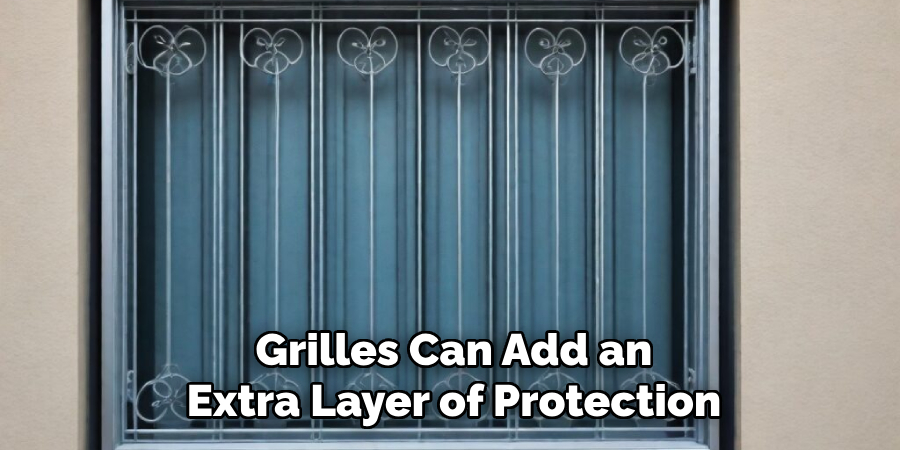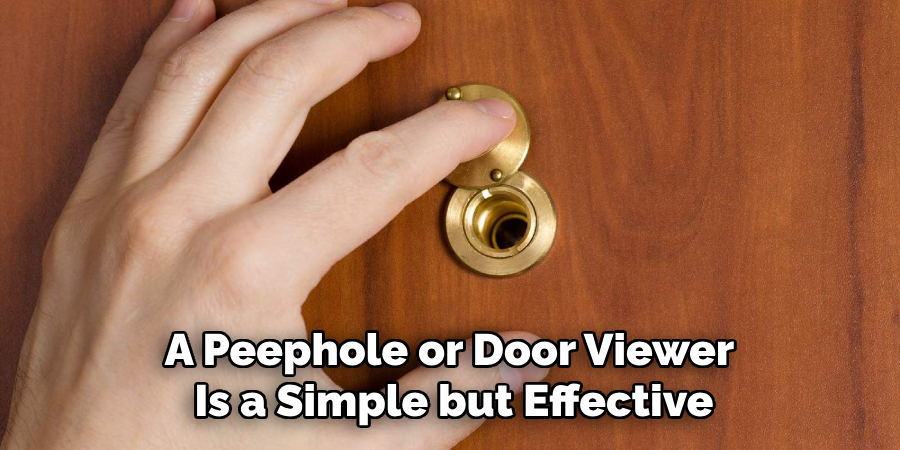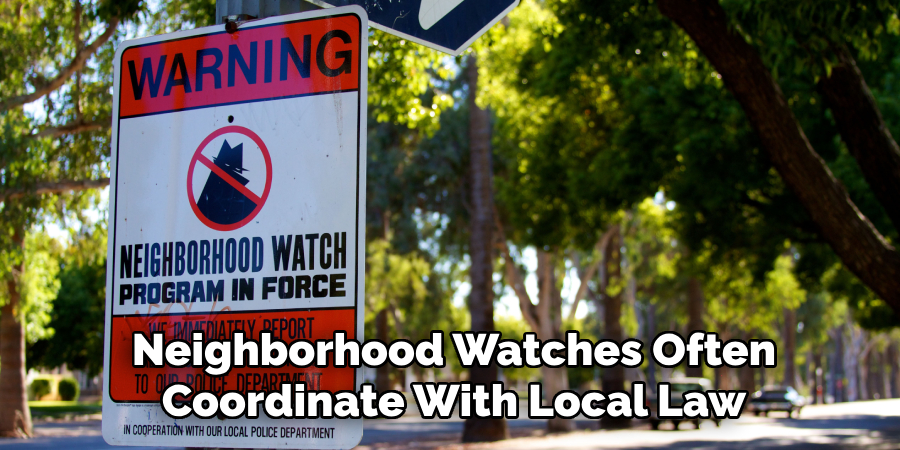In today’s world, safeguarding your home is more important than ever, but installing a security system may not be within everyone’s budget. Fortunately, there are numerous cost-effective strategies you can implement to deter potential intruders and enhance the safety of your dwelling. From reinforcing entry points to utilizing technology and community resources, these methods can help provide peace of mind and ensure your home remains a haven for you and your family. This guide will explore various practical steps for how to protect your home without a security system.

Importance of Home Protection in Today’s World
The significance of home protection has risen considerably in today’s rapidly changing society. As urbanization contributes to increased population density, neighborhoods face new challenges related to safety and security. With the advent of technology, while conveniences have improved, there also exist new threats such as cyber intrusions affecting smart homes.
Moreover, economic uncertainties can lead to spikes in crime rates, particularly targeting residences that appear vulnerable. Hence, homeowners must adopt proactive measures to safeguard their properties. Employing a combination of physical deterrents, environmental design, and community awareness can not only mitigate risks but also enhance the overall quality of life.
10 Methods How to Protect Your Home without a Security System
1. Strengthen Your Doors and Locks
The first line of defense for any home is the door. Weak doors and locks are easy targets for burglars, so upgrading these features can significantly improve your home’s security. Choose solid-core or metal doors for all exterior entryways, as they are more resistant to force than hollow wooden doors. Install deadbolt locks with at least a one-inch throw, and consider adding a strike plate with long screws that anchor deeply into the door frame. For additional security, a door chain or bar lock can provide extra resistance, making it harder for intruders to force their way inside.

2. Install Security Lighting
Well-lit areas are less attractive to burglars, as they prefer to operate under the cover of darkness. Installing exterior lighting around your home’s entry points, pathways, and dark corners can deter would-be intruders. Motion-activated lights are particularly effective, as they automatically turn on when someone approaches, catching trespassers off-guard. Solar-powered lights are a cost-effective option if you want to avoid increasing your energy bills. Remember to maintain the lights regularly by replacing burned-out bulbs and adjusting the motion sensors to cover critical areas around your property.
3. Reinforce Windows
Windows are often a weak point in home security, but you can take steps to make them more difficult to break or open. Start by installing window locks on all accessible windows, particularly ground-level and basement windows. You can also apply security film to the glass, which makes it harder to shatter. Window bars or grilles can add an extra layer of protection, especially in vulnerable areas like basements or first-floor windows. In addition, consider planting thorny bushes or other deterrents near windows to make access more challenging for potential intruders.

4. Use Smart Home Devices
Even without a full security system, smart home devices can greatly enhance your home’s safety. Smart doorbells with cameras, like those offered by Ring or Nest, allow you to monitor visitors and deliveries remotely. These devices can notify you when someone approaches your door, allowing you to view live footage from your phone. Similarly, smart locks enable you to control access to your home remotely, giving you the ability to lock or unlock doors from anywhere. While not a full-fledged security system, these gadgets add layers of convenience and protection.
5. Maintain Visibility and Landscaping
Burglars prefer homes with plenty of hiding spots, so keep your landscaping neat and well-maintained to reduce their cover. Trim back overgrown bushes, trees, and shrubs, especially those near windows or entry points. Low hedges and thorny plants around vulnerable areas, like windows, can deter potential intruders. Additionally, ensure that the exterior of your home is visible to neighbors and passersby. A clear view of your home from the street can discourage criminals who want to avoid being seen. Keep your driveway and walkways clear, and avoid creating areas that might offer concealment.
6. Install a Peephole or Door Viewer
A peephole or door viewer is a simple but effective way to add security to your home. By allowing you to see who’s at your door before you open it, a peephole gives you control over who gains entry to your home. For added safety, opt for a wide-angle peephole that provides a broader view of your front entry. Some modern peepholes come with digital displays or connect to a camera, allowing you to view visitors without having to be directly at the door. This small investment can give you peace of mind, especially when you’re home alone.

7. Create the Illusion of Occupancy
Burglars often target homes that appear vacant, so making your home look occupied—even when you’re not there—can be a powerful deterrent. Simple actions like leaving lights on in different rooms, having a car parked in the driveway, or using a timer to turn on the TV or radio can create the illusion of activity. Smart plugs can also help by allowing you to automate lighting and appliances while you’re away. Additionally, ask a trusted neighbor or friend to pick up your mail and check on your home when you’re out of town to avoid the telltale signs of an empty house.
8. Secure Your Garage and Sheds
Garages and sheds are often overlooked when it comes to home security, but they can be vulnerable entry points. Ensure that your garage door has a sturdy lock, and consider using a padlock for additional security on both the interior and exterior. Avoid leaving garage door openers inside vehicles parked outside, as burglars can easily access them to enter your home. If your garage has windows, use blinds or curtains to block the view of any valuable tools or equipment. Similarly, secure your shed with strong locks, as these structures often contain tools that could be used to break into your home.
9. Establish a Neighborhood Watch
A neighborhood watch program is a community-driven initiative that can significantly enhance home security. By working together with your neighbors, you can create a network of vigilant individuals who keep an eye out for suspicious activity. Communicate regularly with your neighbors and establish guidelines for reporting unusual behavior. If your neighborhood already has a watch program in place, participate actively. Neighborhood watches often coordinate with local law enforcement, making them a powerful tool in preventing crime and creating a sense of shared responsibility for the safety of the area.

10. Use Warning Signs and Decoy Security Devices
Even if you don’t have a full security system, using warning signs and decoy security devices can still serve as a deterrent. Place signs in your yard or stickers on your windows that indicate the presence of security cameras or alarm systems. Many criminals will avoid homes that appear to have these measures in place. Additionally, you can install fake security cameras around your property. While these devices won’t record or monitor anything, they create the impression that your home is protected, which can be enough to make potential intruders think twice.
Tips for Achieving the Best Home Security
To achieve the highest level of home security, it’s essential to combine multiple strategies and remain vigilant. Here are some tips to ensure you’re maximizing your home’s protection:
1. Regularly Review and Update Your Security Measures: Security needs can change over time, so regularly review your current systems and strategies to identify any areas that may need improvement. Stay informed about new security technologies and consider updating your devices or methods as advancements become available.
2. Engage with Your Community: Maintain open lines of communication with your neighbors and local community groups. Sharing information about suspicious activities or recent security incidents can help keep everyone informed and alerts can be raised quickly in case of potential threats.
3. Educate Household Members: Make sure that all members of your household are aware of the security measures in place and understand how to use them effectively. This includes knowing how to operate alarms, locks, and smart devices. Educating children about the importance of not sharing security codes or keys with outsiders is also crucial.
4. Conduct Regular Safety Drills: Conduct safety drills to practice your response in case of a security breach. This can help to ensure that everyone knows what to do during an emergency, reducing panic and increasing the likelihood of a calm and effective response.
5. Balance Security with Privacy Preferences: While maximizing home security, also consider the balance with privacy. Ensure that security measures, like cameras, are installed in a way that respects the privacy of both your household and your neighbors.
Conclusion
Protecting your home without a formal security system is entirely possible with the right strategies in place. From reinforcing doors and windows to using smart technology and maintaining a vigilant neighborhood, there are numerous ways to improve your home’s security. Thanks for reading our blog post on how to protect your home without a security system! We hope you found it helpful and informative.
About
Safety Fic is a distinguished figure in the world of Diy design, with a decade of expertise creating innovative and sustainable Diy solutions. His professional focus lies in merging traditional craftsmanship with modern manufacturing techniques, fostering designs that are both practical and environmentally conscious. As the author of diy, Safety Fic delves into the art and science of Safety Fic-making, inspiring artisans and industry professionals alike.
Education RMIT University
(Melbourne, Australia) Associate Degree in Design (Safety Fic) Focus on sustainable design, industry-driven projects, and practical craftsmanship. Gained hands-on experience with traditional and digital manufacturing tools, such as CAD and CNC software.
Nottingham Trent University
(United Kingdom) Bachelor’s in diyfastly.com and Product Design (Honors) Specialized in product design with a focus on blending creativity with production techniques. Participated in industry projects, working with companies like John Lewis and Vitsoe to gain real-world insights.
Publications and Impact
In diy, Safety Fic his insights on indoor design processes, materials, and strategies for efficient production. His writing bridges the gap between artisan knowledge and modern industry needs, making it a must-read for both budding designers and seasoned professionals.
